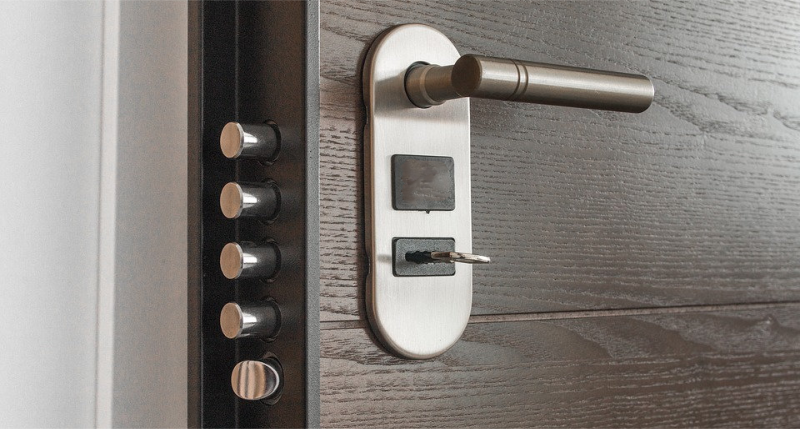The access control aspect of building management is one of the top concerns of property managers and building owners looking to increase business security. Multiple interior and exterior doors, the presence of restricted or sensitive areas and heavy traffic all contribute to increased security issues. Access control security systems can help solve many of these issues and minimise unauthorised entry.
Access control technology choices
Some building managers may think of access control security systems as complicated, expensive electronic networks that are difficult to implement. In reality, they can be tailored to fit many different building sizes, occupancy types, and budgets.
An access control security system allows building management professionals to do more than just control admission to restricted areas. It also keeps electronic records of entries and exits into those areas. Such records help building managers gauge traffic and identify who used a door at any given time. This makes it much easier to answer important security questions such as, "Who was in the building when that incident happened?" and so on.
What access control method is best for you depends on your specific business security needs. Four such methods are detailed below.
Keyless Entry Swipe Cards
These cards bear magnetic strips which contain information about the cardholder. A card reader scans the stripe and allows or denies entry accordingly. The cards are relatively inexpensive, and each user can be given a different unique ID for entrance and exit tracking.
Biometric Scanners
This type of system requires the user to input some type of biological information, in addition to or instead of an access card. The most common types are retinal (eye) and fingerprint scanners. Palmprint scanners or voice activation systems can also be used.
This kind of access control system is more secure than swipe cards - sounds silly to say, but it's quite difficult to forge an eyeball or a hand. The technology for these devices has been advancing and is becoming cheaper to make and install.
Keypad Systems
Users enter an assigned code into a keypad in order to obtain entry into a building or area. Electronic keypads are hard to tamper with, and are reprogrammable in the event that a code needs to be changed. Unique access codes can be given to each user to track entries.
"Smart Cards" or Proxy Card Readers (Proximity Cards)
These are similar to swipe cards, except that the user's information is contained in a microchip rather than a magnetic stripe. These tend to be more secure and less prone to damage than magnetic keyless entry cards. Both swipe cards and proxy cards have the additional advantage of being able to display a photo and written security credentials, facilitating the work of live security guards to verify identity.
Access Control System Design
An access control security system has several major components. At its core, there is a computerised control centre and a log of each person who is granted access to the building or its parts.
The control centre is linked to entry points throughout the building. These points can include not only doors, but also elevators, turnstiles, parking gates and other barriers. There's no fixed limit to the number of points which can be monitored in this manner.
Here is how the security link works: Barriers at the entry points are outfitted with electronic scanners which serve to verify information entered by the user.
When Information is entered into the scanner (either by swiping an access card or inputting biological information, etc), the reader then relays the information to the control centre. The computer verifies security credentials and grants or denies entry accordingly, with a note in its logs that it did so.
How can we help you?
The easiest way we can help you is to answer any questions you may have about access control. As we are often on site, rather than keep you on hold and leaving messages, etc, just click below to arrange a callback, and we will return your call as quickly as we can.

